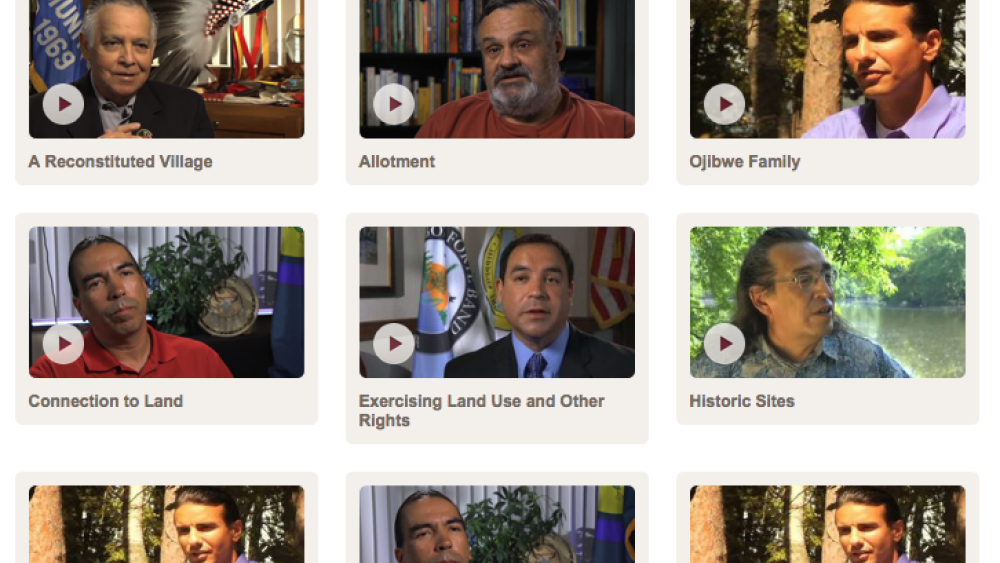This 15-minute video, produced by the National Museum of the American Indian, serves as a companion piece to "Why Treaties Matter - Self Government in the Dakota and Ojibwe Nations," a travelling exhibit on treaties between Dakota and Ojibwe people and the U.S. The film introduces the themes of the exhibit: that tribal governments exercise indigenous sovereignty today, and that indigenous sovereignty was not given in treaties, but retained in treaties.
Additional Information
National Museum of the American Indian. "Why Treaties Matter (video)." A Companion to Why Treaties Matter - Self Government in the Dakota and Ojibwe Nations, an exhibit of the Minnesota Indian Affairs Council. 2013. Film. (http://treatiesmatter.org/about, accessed May 20, 2013)




